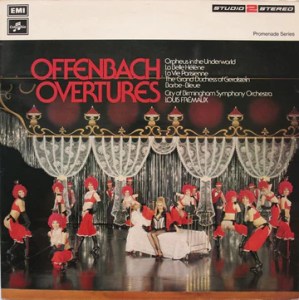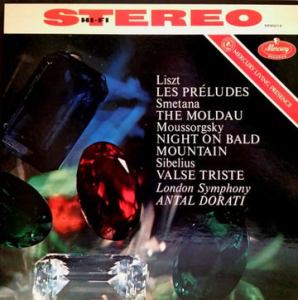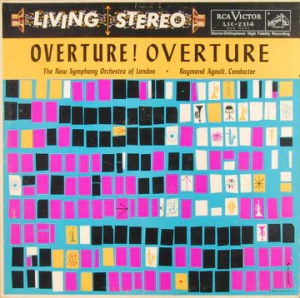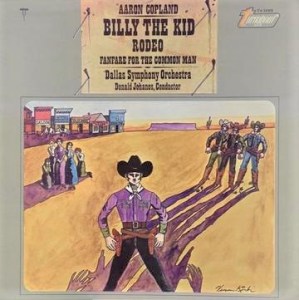More of the music of Ludwig van Beethoven (1770-1827)
More Classical Recordings
- A vintage London pressing of Beethoven’s Sixth with superb grades from top to bottom
- These sides are doing practically everything right – they’re rich, clear, undistorted, open, spacious, and have depth and transparency to rival the best recordings you may have heard
- The texture on the strings is captured perfectly – this is an area in which modern pressings fail almost completely
- Recorded in Geneva’s exquisite Victoria Hall in 1959, this is a top performance from Ansermet and the Suisse Romande, the best we know of
- There are about 150 orchestral recordings we think offer the best performances with the highest quality sound. This record is certainly deserving of a place on that list.
- If you love the symphonic music of Beethoven — and what audiophile doesn’t? — this London from 1959 is surely a Must Own as well as our pick for the best recording of any of the nine Beethoven symphonies
In our opinion, this is the best sounding Beethoven 6th Symphony ever recorded. It is the most beautiful of them all, and has long been my personal favorite of the nine Beethoven composed.
 Ansermet’s performance is clearly definitive to my ear as well. The gorgeous hall the Suisse Romande recorded in was possibly the best recording venue of its day, possibly of all time; more amazing sounding recordings were made there than any other hall we know of. There is a richness to the sound that exceeds all others, yet clarity and transparency are not sacrificed in the least. It’s as wide, deep and three-dimensional as any, which is of course all to the good, but what makes the sound of these recordings so special is the weight and power of the brass and the timbral accuracy of the instruments in every section.
Ansermet’s performance is clearly definitive to my ear as well. The gorgeous hall the Suisse Romande recorded in was possibly the best recording venue of its day, possibly of all time; more amazing sounding recordings were made there than any other hall we know of. There is a richness to the sound that exceeds all others, yet clarity and transparency are not sacrificed in the least. It’s as wide, deep and three-dimensional as any, which is of course all to the good, but what makes the sound of these recordings so special is the weight and power of the brass and the timbral accuracy of the instruments in every section.
Everything sounds so right on this record, so much like live music, there is practically nothing to say about the sound other than You Are There.

This is the kind of record that will make you want to take all your heavy vinyl classical pressings and put them in storage. None of them, I repeat none of them, will ever begin to sound the way this record sounds. Quality record production is a lost art, and it’s been lost for a very long time.
The texture on the strings is captured perfectly; this is, by the way, an area in which modern pressings fail almost completely. We have discussed this subject extensively on the site. The “rosin on the horsehair” is a sound that is apparently impossible to encode on modern vinyl.
Other Pressings
The best pressings from the Readers Digest set with Leibowitz conducting were very good but no match for Ansermet and the legendary Orchestre De La Suisse Romande and the lovely Victoria Hall in which they recorded.
We have liked Monteux on RCA for the 6th in the past. We do not believe the best pressings are competitive with this London.
The ’60s Decca/London cycle with Schmidt-Isserstedt and the Vienna Phil has always sounded flat and modern to us on every pressing we’ve played.
Production and Engineering
James Walker was the producer, Roy Wallace the engineer for these sessions from October of 1959 in Geneva’s glorious Victoria Hall. Released in 1960, it’s yet another remarkable disc from the Golden Age of Vacuum Tube Recording.





 When this 1957 recording was first released, you could only buy it in mono, under the title Overtures… In Spades!
When this 1957 recording was first released, you could only buy it in mono, under the title Overtures… In Spades! 



